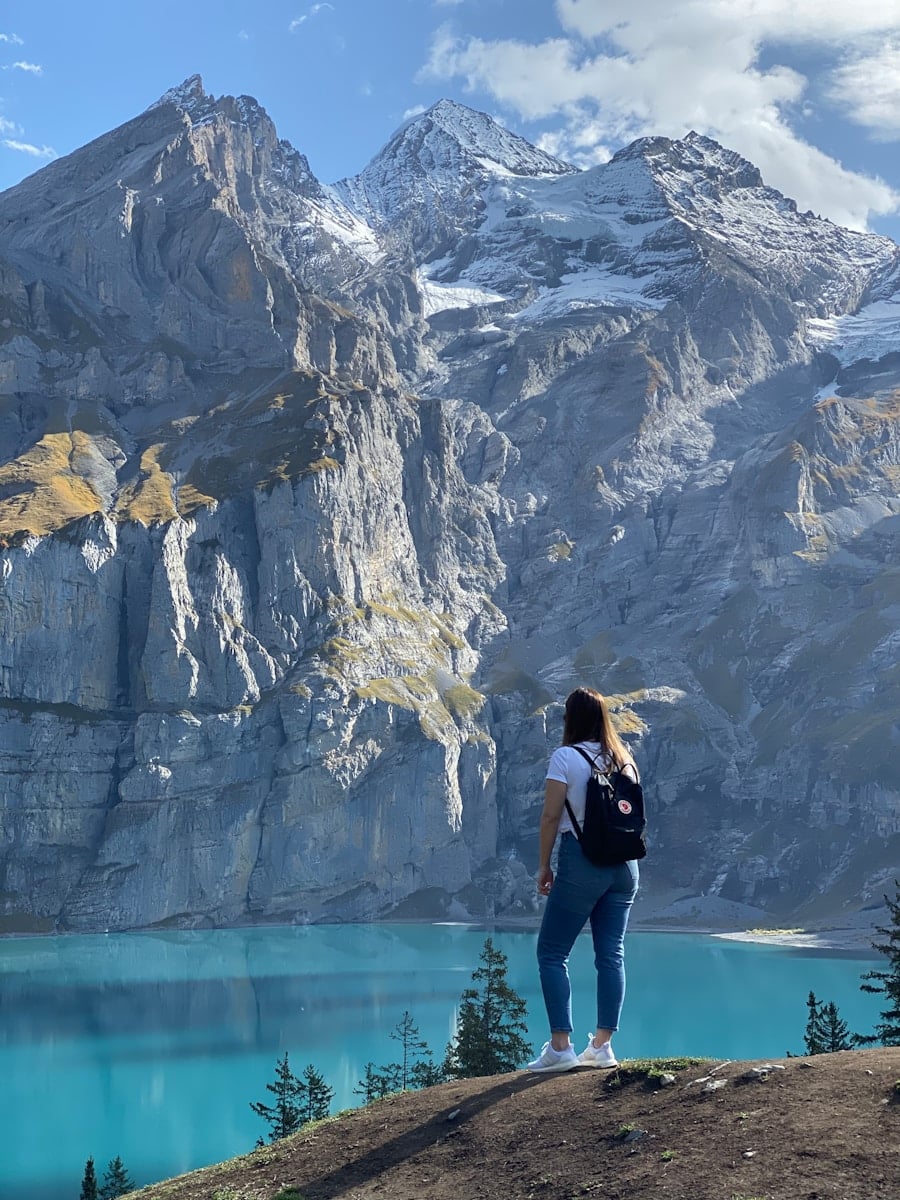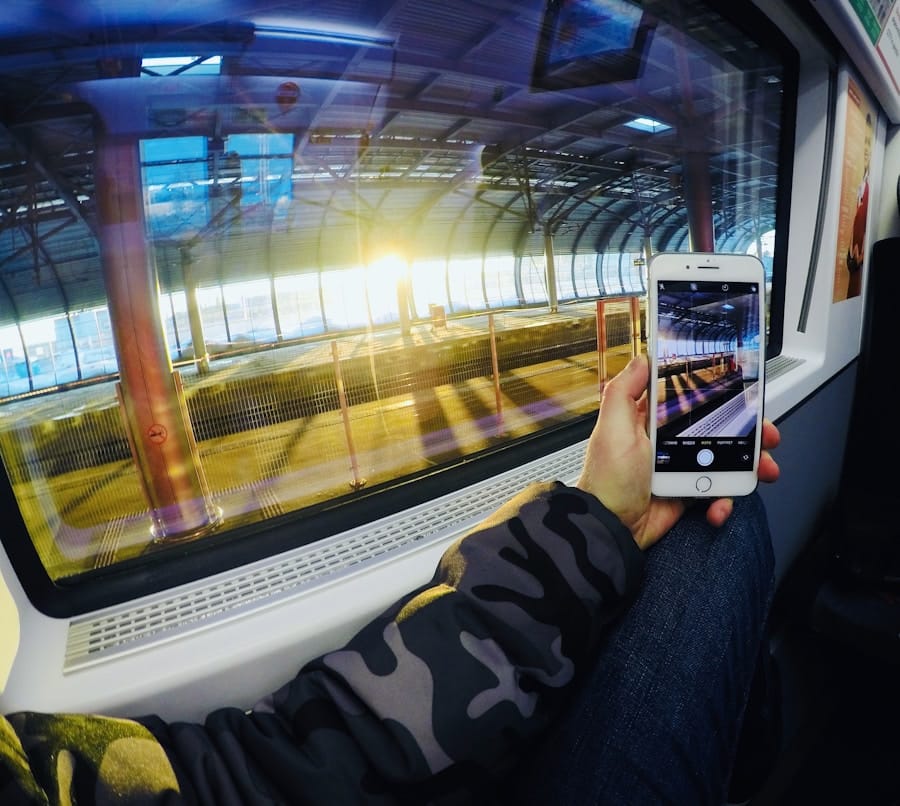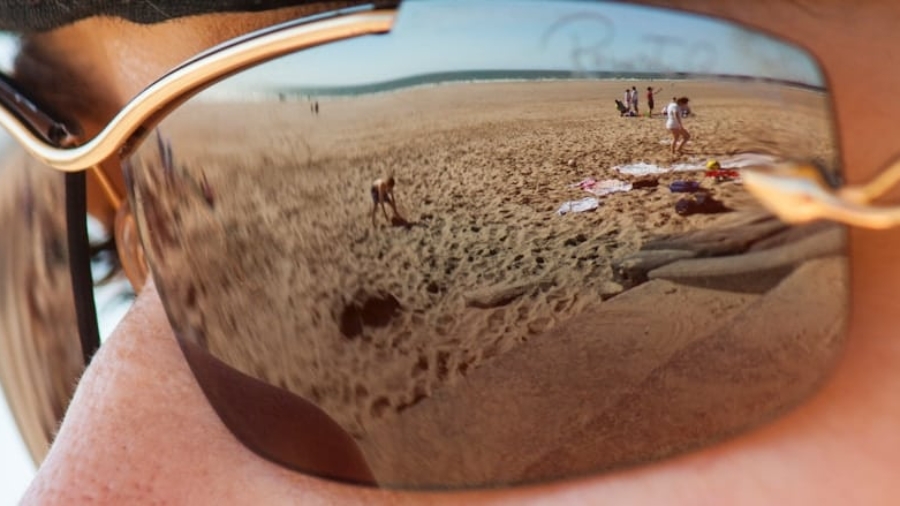Virtual Reality (VR) has emerged as a transformative technology across various sectors, and the travel industry is no exception. By creating immersive experiences that transport users to different locations without leaving their homes, VR is reshaping how travelers explore, plan, and engage with destinations. The advent of VR technology has opened up new avenues for travel enthusiasts, allowing them to experience the sights and sounds of far-off places in a way that was previously unimaginable.
This technology not only enhances the travel experience but also serves as a powerful tool for travel agencies, hotels, and tourism boards to showcase their offerings in a compelling manner. The integration of VR into travel is not merely a gimmick; it represents a significant shift in consumer behavior and expectations. As travelers increasingly seek personalized and unique experiences, VR provides an innovative solution that caters to these desires.
With the ability to simulate real-world environments, VR allows potential travelers to make informed decisions about their trips, ensuring that they choose destinations and accommodations that align with their preferences. This article delves into the various applications of VR in the travel industry, exploring its impact on virtual tours, hotel previews, airline experiences, cultural engagement, travel planning, sustainability, and future trends.
Key Takeaways
- VR technology is revolutionizing the travel industry by offering immersive experiences and virtual tours of destinations.
- Virtual reality allows travelers to preview hotels and accommodations in a more interactive and realistic way before making a booking.
- Airlines and cruise companies are incorporating VR to enhance the overall travel experience for passengers.
- VR is being used to enhance cultural and historical experiences, allowing travelers to explore landmarks and museums in a more interactive manner.
- VR is also being utilized for travel planning and booking, providing a more immersive and personalized way to research and book trips.
Virtual Tours of Destinations
One of the most captivating applications of VR in travel is the ability to take virtual tours of destinations. These immersive experiences allow users to explore iconic landmarks, bustling city streets, serene landscapes, and cultural sites from the comfort of their own homes. For instance, platforms like Google Earth VR enable users to soar over the Grand Canyon or stroll through the streets of Paris, providing a sense of presence that traditional images or videos cannot replicate.
This level of immersion can significantly influence a traveler’s decision-making process, as they can virtually experience a destination before committing to a trip. Moreover, many tourism boards and travel companies have embraced VR technology to create tailored virtual experiences that highlight the unique aspects of their regions.
By showcasing activities such as bungee jumping in Queenstown or exploring the geothermal wonders of Rotorua, potential visitors can gain a deeper appreciation for what New Zealand has to offer. These virtual tours not only serve as marketing tools but also foster a sense of connection between travelers and destinations, encouraging them to explore further.
Immersive Hotel and Accommodation Previews

In addition to virtual destination tours, VR has revolutionized how travelers preview hotels and accommodations. Gone are the days when potential guests relied solely on photographs and written descriptions; now they can step inside a hotel room or suite before making a reservation. This immersive experience allows travelers to assess the ambiance, layout, and amenities of accommodations in a way that static images cannot convey.
For instance, Marriott International has developed a VR platform called “VRoom Service,” which enables guests to explore various hotel properties through immersive 360-degree videos. This technology not only enhances the booking experience but also helps hotels differentiate themselves in a competitive market. By offering virtual tours of their properties, hotels can showcase unique features such as rooftop pools, luxurious spas, or stunning views that might otherwise go unnoticed in traditional marketing materials.
Furthermore, this level of transparency builds trust with potential guests, as they can see exactly what to expect upon arrival. As travelers increasingly prioritize experiences over mere transactions, immersive hotel previews become an essential tool for attracting discerning customers.
Virtual Reality in Airline and Cruise Experiences
The application of VR extends beyond accommodations; airlines and cruise lines are also leveraging this technology to enhance passenger experiences. Airlines like Lufthansa have introduced VR headsets on select flights, allowing passengers to enjoy immersive entertainment options during their journey. This innovation not only makes long-haul flights more enjoyable but also provides an opportunity for airlines to showcase destinations through virtual tours or promotional content.
Cruise lines are similarly embracing VR technology to enhance onboard experiences. For example, Royal Caribbean has developed virtual reality experiences that allow potential cruisers to explore their ships before booking. By providing virtual walkthroughs of cabins, dining venues, and entertainment options, cruise lines can effectively communicate the value of their offerings.
Additionally, some cruise lines are incorporating VR into shore excursions, allowing passengers to preview activities at ports of call before disembarking.
Enhancing Cultural and Historical Experiences
VR technology has the potential to revolutionize how travelers engage with cultural and historical sites. By offering immersive experiences that bring history to life, VR can deepen understanding and appreciation for different cultures. For instance, projects like “The Night Cafe,” which recreates Vincent van Gogh’s famous painting in a 3D environment, allow users to step into the artist’s world and interact with his creations in a way that traditional museums cannot offer.
Moreover, historical sites are increasingly utilizing VR to enhance visitor experiences. The Colosseum in Rome has implemented virtual reality headsets that transport visitors back in time to witness gladiatorial battles and ancient Roman life within its walls. This innovative approach not only captivates visitors but also educates them about the significance of these historical landmarks.
By merging technology with cultural heritage, VR fosters a deeper connection between travelers and the places they visit, enriching their overall experience.
VR for Planning and Booking Travel

The planning and booking process is another area where VR is making significant strides. Travel agencies are beginning to incorporate virtual reality into their services, allowing clients to explore destinations and accommodations before finalizing their itineraries. This hands-on approach empowers travelers to make informed decisions based on their preferences and interests.
For example, a travel agent might use VR headsets during consultations to provide clients with an immersive preview of various destinations or resorts. Additionally, online travel platforms are exploring ways to integrate VR into their booking processes. Imagine browsing through vacation packages while simultaneously experiencing virtual tours of hotels or attractions included in those packages.
This seamless integration could revolutionize how travelers research and book trips, making the process more engaging and interactive. As technology continues to evolve, the potential for VR in travel planning will likely expand further, offering even more personalized experiences for consumers.
Impact on Sustainable Tourism
Sustainable tourism is an increasingly important consideration for travelers today, and VR can play a pivotal role in promoting eco-friendly practices within the industry. By providing virtual experiences of natural wonders or cultural sites, travelers can appreciate these destinations without contributing to physical overcrowding or environmental degradation. For instance, virtual tours of fragile ecosystems like coral reefs or endangered wildlife habitats can raise awareness about conservation efforts while allowing people to experience these wonders from afar.
Furthermore, tourism boards can use VR to educate potential visitors about responsible travel practices before they arrive at their destinations. By showcasing the impact of tourism on local communities and environments through immersive storytelling, travelers may be more inclined to adopt sustainable behaviors during their trips. This shift towards responsible tourism not only benefits local ecosystems but also enhances the overall travel experience by fostering a deeper connection between visitors and the places they explore.
The Future of VR in Travel
As technology continues to advance at an unprecedented pace, the future of VR in travel holds immense promise. Innovations such as augmented reality (AR) integration with VR could further enhance user experiences by overlaying digital information onto real-world environments. Imagine walking through a city while wearing AR glasses that provide historical context or recommendations for nearby attractions based on your interests.
Moreover, advancements in hardware will likely make VR more accessible and affordable for consumers. As headsets become lighter and more user-friendly, more travelers will be able to engage with this technology seamlessly. The potential for social interaction within virtual environments could also reshape how people connect during their travels; imagine attending virtual events or meetups with fellow travelers from around the globe.
In conclusion, the integration of virtual reality into the travel industry is not just a passing trend; it represents a fundamental shift in how we experience and engage with the world around us. From virtual tours that inspire wanderlust to immersive hotel previews that enhance booking decisions, VR is redefining every aspect of travel. As this technology continues to evolve and become more integrated into our daily lives, it will undoubtedly shape the future of travel in ways we have yet to fully comprehend.
A related article discussing how smartwatches are enhancing connectivity could be found at this link. Just like virtual reality is reshaping the travel experience, smartwatches are revolutionizing the way we stay connected and access information on the go. Both technologies are transforming the way we interact with the world around us, making our lives more convenient and immersive.
FAQs
What is VR?
VR stands for virtual reality, which is a computer-generated simulation of an environment that can be interacted with in a seemingly real or physical way by a person using special electronic equipment, such as a helmet with a screen inside or gloves fitted with sensors.
How is VR reshaping the travel experience?
VR is reshaping the travel experience by providing immersive previews of destinations, hotels, and attractions. This allows travelers to virtually explore and experience a destination before making a decision to visit, enhancing their travel planning process.
What are the benefits of using VR for travel previews?
Using VR for travel previews allows travelers to save time and money by virtually visiting multiple destinations and accommodations without physically traveling. It also provides a more realistic and immersive preview compared to traditional photos and videos.
How are travel companies using VR for immersive previews?
Travel companies are using VR to create virtual tours of destinations, hotels, and attractions, allowing potential customers to experience the environment and amenities before making a booking. Some companies also offer VR experiences in their physical locations to showcase different destinations.
Is VR widely available for travel previews?
VR technology is becoming more widely available for travel previews, with many travel companies and destinations investing in VR experiences for potential customers. However, it is not yet universally accessible, and its availability may vary depending on the destination and travel company.

